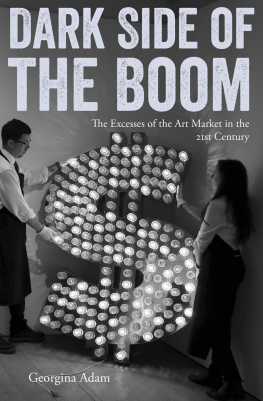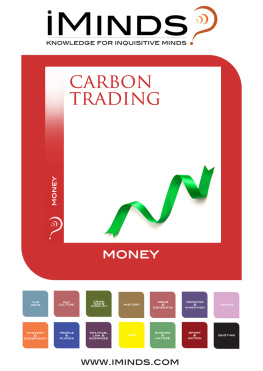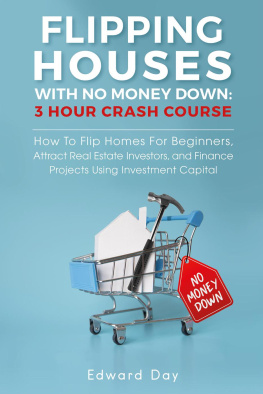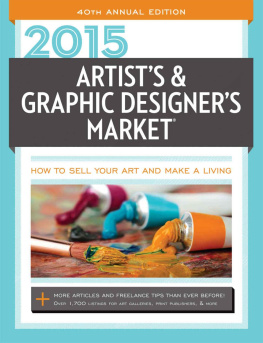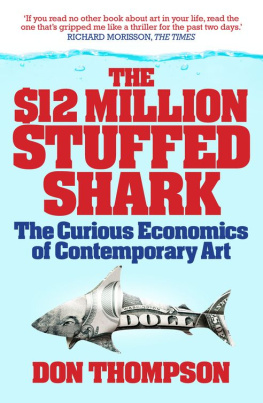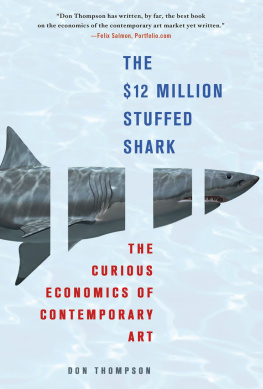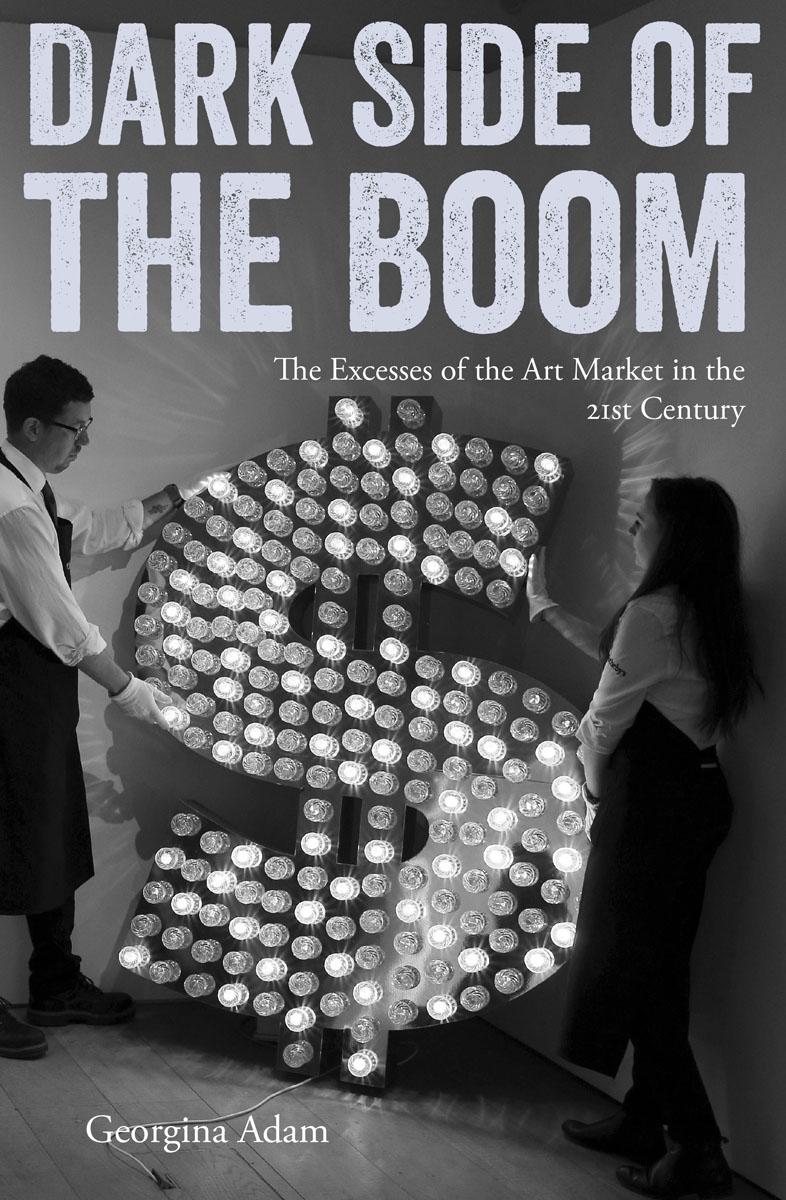

First published in 2017 by
Lund Humphries
Office 3, 261a City Road
London EC1V 1JX
UK
www.lundhumphries.com
Copyright 2017 Georgina Adam
ISBN Paperback: 978-1-84822-220-5
ISBN eBook (PDF): 978-1-84822-221-2
ISBN eBook (ePUB): 978-1-84822-222-9
ISBN eBook (ePUB Mobi): 978-1-84822-223-6
A Cataloguing-in-Publication record for this book is available from the British Library.
All rights reserved. No part of this publication may be reproduced, stored in a retrieval system or transmitted in any form or by any means, electrical, mechanical or otherwise, without first seeking the permission of the copyright owners and publishers. Every effort has been made to seek permission to reproduce the images in this book. Any omissions are entirely unintentional, and details should be addressed to the publishers.
Georgina Adam has asserted her right under the Copyright, Designs and Patents Act, 1988, to be identified as the Author of this Work.
Designed by Crow Books
Printed and bound in Slovenia
Cover: artwork entitled $ made from reflector caps, lamps and an electronic sequencer, by Tim Noble and Sue Webster and One Dollar Bills, 1962 and Two Dollar Bills by Andy Warhol, hang on a wall at Sothebys in London on June 8, 2015. Photo: Adrian Dennis/AFP/Getty Images.
For Amelia, Audrey, Isabella, Matthew, Aaron and Lucy
CONTENTS
INTRODUCTION
When my first book, Big Bucks, the Explosion of the Art Market in the 21st Century, was published in 2014 the art market was riding high. All the talk was of when, not if, an auction would rack up a billion dollars in a single night.
Those hopes were dashed in the following two years, which saw a distinct decline in the global market, from an estimated $68.2 billion in 2014 to $56.6 billion in 2016, due to a number of factors: weak sales in China, slowing economic growth globally, political uncertainty, and caution from buyers and more particularly vendors. The auction houses cut back on guarantees, which also had an impact on consignments.
Reliable figures are difficult to come by in the art market, but auction sales the most easily trackable slumped by almost a third between 2014 and 2016. However in 2017 the market revived strongly, and in November the most astonishing price ever $450.3 million was given at Christies New York for Leonardo da Vincis SalvatorMundi, c.1500. The buyer was a Saudi prince, but its final destination was the newly-opened Louvre Abu Dhabi.
Profound transformations were continuing to impact the art trade, which was undergoing the process of consolidation and, at least until 2014, growth. Perhaps the most important change was its increasing polarisation and commodification, with the top players in the dealer sphere increasing in size and adding new outlets. Meanwhile the erosion of the squeezed middle continued, with a swathe of mid-market galleries closing or finding new models for their businesses. By late 2017, the gallery sector seemed to be hurtling towards the concentration of power and of the biggest-selling artists in the hands of just a few mega-players.
Art fairs, which had been proliferating like condo towers in midtown Manhattan, started moving into a consolidation phase, with a growing gulf between the big groups such as Basel and Frieze, small, focused fairs such as Fog in San Francisco with just 45 dealers, and a soft middle. A few fairs folded; in Berlin, two merged. In what looked like a significant step, the powerhouse talent agency WME-IMG bought a stake in Frieze possibly a step towards full acquisition. It was certainly a pointer to how the entertainment and art worlds were increasingly intertwining, particularly as a growing number of celebrities James Franco, Miley Cyrus, Johnny Depp among them were producing art. Enthusiastic high-profile art collectors include Leonardo DiCaprio, Elton John, David and Victoria Beckham, Jay-Z, Pharrell Williams and Madonna, and their tastes and choices are obsessively monitored by their millions of fans.
Considerable change came to the auction houses, notably with Sothebys hiring of Tad Smith as president and CEO in 2015. Coming from the world of media, entertainment and television, his mission was to shake up the firm after it had been attacked for cultural malaise and poor performance by activist investor Dan Loeb, who, with two allies, won three company seats on the board. Smiths most controversial move was certainly the surprise acquisition of Art Agency, Partners, the advisory firm started by Christies former contemporary art rainmaker Amy Cappellazzo and art advisor Allan Schwartzman. The deal was worth a potential $85 million, with an initial payment of $50 million and another $35 million to come, depending on performance. Two years on, the jury is still out on the eventual success of this decision.
The deal triggered an exodus of senior specialists from Sothebys, matched by some departures from Christies. Confusingly for clients, some specialists ended up at their rivals, while others set up gallery/art advisory businesses.
Musical chairs continued when Christies chairman Marc Porter left the company in 2015 to join Sothebys, took a years gardening leave then spent three months at Sothebys in 2017 as chairman of its newly created Fine Art Division only to be wooed back by Christies. Meanwhile two prominent Sothebys veterans, Melanie Clore and Henry Wyndham, established an advisory agency. Phillips continued to pick off the people it could, notably snaring Cheyenne Westphal, who had been head of Contemporary Art at Sothebys, as its new chairman.
Movements between the public and private sectors mainly in that direction included Julia Peyton-Jones, former co-director of the Serpentine Gallery, joining Galerie Thaddaeus Ropac in London, and Philippe de Montebello, ex-director of the Metropolitan Museum of Art in New York, taking on a rather undefined role at Acquavella Galleries in New York.
Taikang Life, a Chinese insurance company, bought 13.8 per cent of Sothebys shares in 2016. Taikang is run by Chen Dongsheng, a businessman who founded Chinas second biggest auction house, China Guardian: an eventual acquisition of Sothebys would certainly turn it into the biggest player in the field.
Post-war and contemporary art continued as the dominant sector, representing an astonishing 52 per cent of the market in 2016.
In the relentless battle for market share, artists estates suddenly became the focal point of value among galleries, which fought to bring in the best endowed. Sothebys muscled in luring away the Rauschenberg Foundations chief executive Christy MacLear leading to speculation that it was trying to encroach on what, until then, had been classic dealer territory.
While the online sector continued to grow, representing 8.4 per cent of the global market in 2016 according to the annual Hiscox report, the online markets predicted explosion did not take place, nor did the expected consolidation. Furthermore the amount spent remained stubbornly low, with a whopping 79 per cent of buyers spending less than $5,000 per item when buying online, said the report. The day that multi-million-dollar sales of a Picasso or a Warhol would take place purely online still seemed far off, at least in 2017. However in summer 2017 Sothebys removed its buyers premium for all online purchases a move designed to encourage new buyers into this sphere.
Next page
